I realized the other day that most of my blog entries (when I remember that I have a blog) in the last year have been heavy on cooking and gardening, and light on bushcraft. So lets do some bushcraft…
I had the day off, and decided to make it a bush day. I had not been fly fishing since early July and ventured out to my favorite bass stream (and no, I will not tell you where it is; find your own). In addition, I had bought some new boots for grouse hunting (Irish Setter’s for 80 bucks on Amazon.com; how could I refuse?) that needed some breaking in, so I laced up the boots, grabbed the rod, and off I went.
A long story short, I didn’t get any fish. I had a northern check out my fly, but it took off before striking. I wasn’t surprised; I have never had much luck at this spot past July. The water gets to low, and today there were several hawks cruising the river (I don’t know if they were fish eating hawks, but I imagine to a fish a hawk is a hawk).
Fishing being a bust, I decided to check out the area right around the river to see what kind of useful stuff I could find. While still on the subject of fishing, there were some nice bait sources available:

Galls like this form on plants from insects laying their eggs
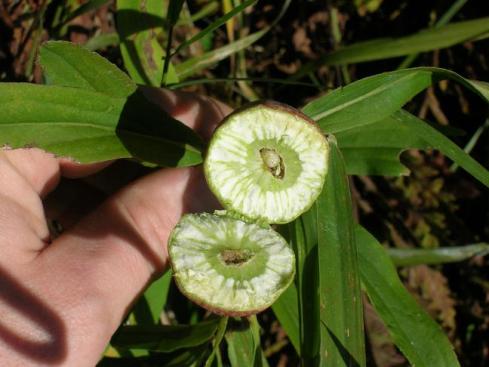
If you split them open, you can often find a grub to use for bait

I believe this is a green frog. If you are slow and quiet you can often catch them by hand. This guy let me touch his back without jumping away (I didn't pick him up; no point stressing him out). Frogs can make good fish bait too.
There was plenty of animal sign. Some beaver appear to live on the river. No dams, but a few old houses and plenty of chewed wood on the river bank(although that could have come from anywhere upstream). I found the wire and weight for a trapper’s drowning trap set, and it was heavy enough that I assume that beaver is the target. I found a lot of other stuff too:

There were lots of game trails like this leading to the river. (note: it is really hard to get a good photo of a game trail)

I think this is a mink track, but I am no expert. It definitely appears to be the track of some member of the weasel family. It was about an inch wide.
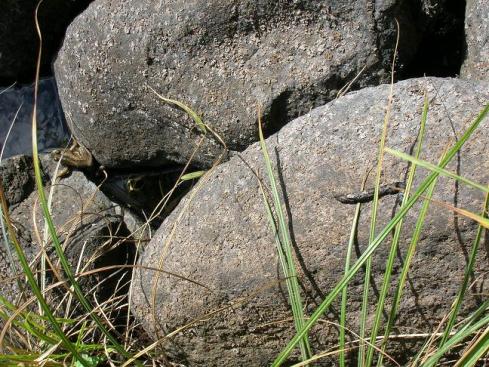
I think the scat also came from a mink. Note the green frog to the left; they were everywhere.
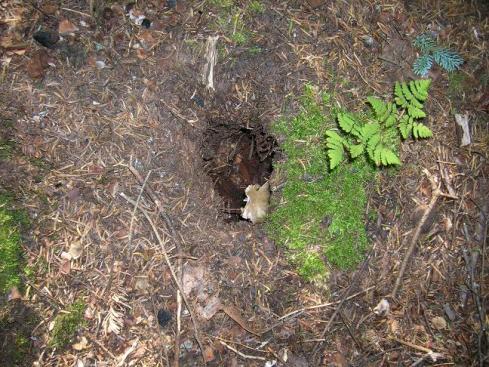
A burrow perhaps? There was a lot of squirrel sign around the hole. Would it be a good spot for a trap? Maybe.
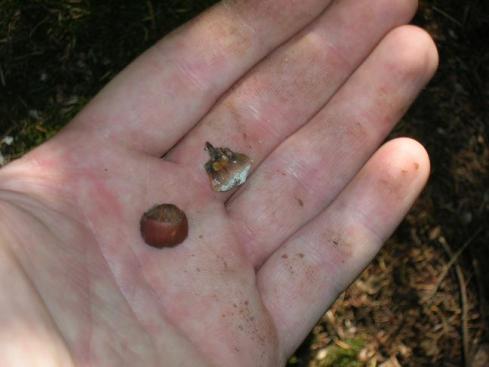
Plenty of pine cone parts and hazel nut shells around the burrow
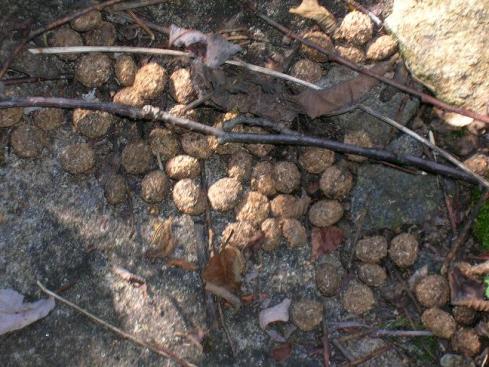
A whole bunch of scat on a rock. Probably either cottontail rabbit or snowshoe hare; they both frequent this neck of the woods. I took a few pieces for making pitch glue (more on that later). However...
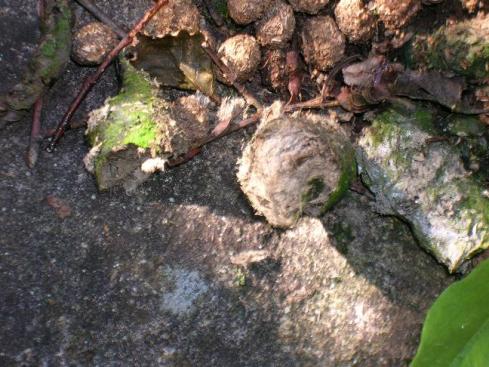
... Right next to the rabbit/hare scat were some pellets from a raptor. Predatory birds often eat small creatures whole and cough up the hair and bones later.
If you are looking for shelter there were plenty of raw materials, but if you are lucky you can find it ready made:
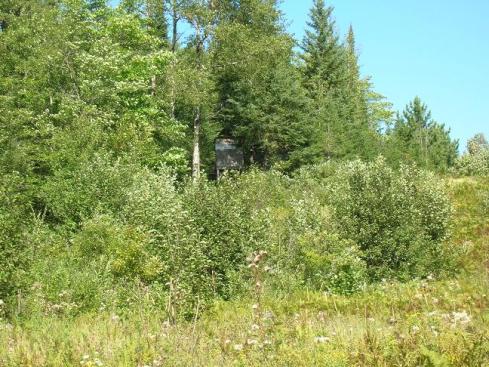
Deer hunting is practically a religion in Minnesota and there are stands scattered all over public land. They can be a ready made shelter, but it is best to leave them alone unless you are in dire need. (you wouldn't like someone going in your tent while you are on a day trip, would you?)
There were plenty of edible plants around too. I am sure that for every species I saw that I missed three more, but here are the ones I photographed:
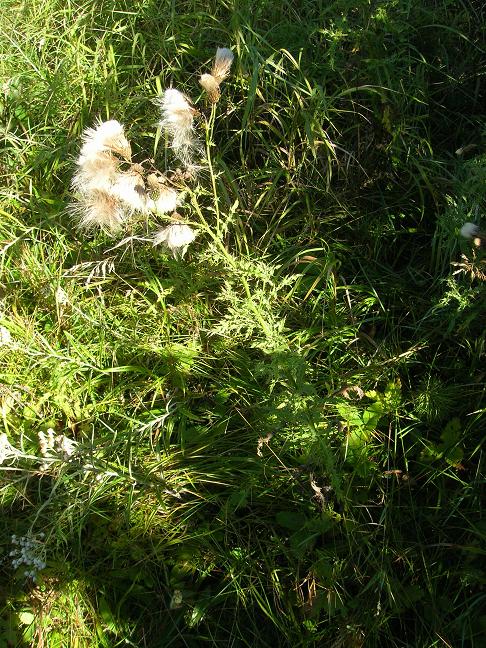
Thistle. Get past the spines and they are quite edible. This one might be a bit old for eating, but the down can be used for fire starting, and the Cherokee used it to fletch their blowgun darts.
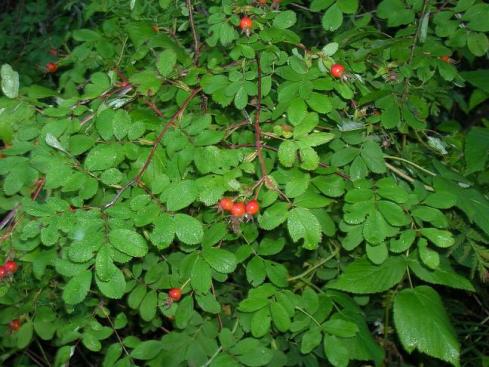
Rose Hips. The outer pulp can be sucked off the seeds, and you can make a drink out of them too.
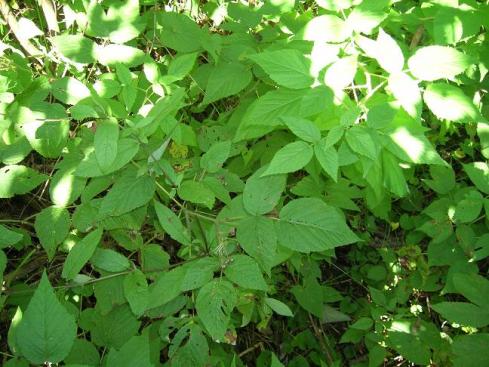
Raspberries. There were not any fruit left on them, but the leaves were used by the Ojibwe (and many other peoples) to make tea.
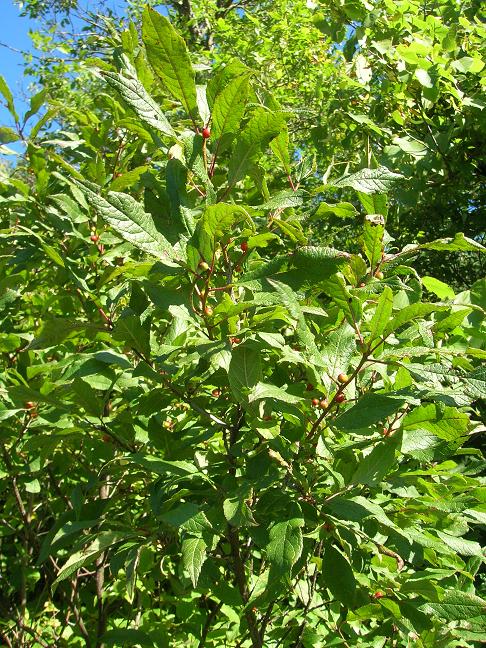
I think this is a pin cherry. I find wild cherries to be too bitter to eat straight, but they are supposed to be great for jelly.
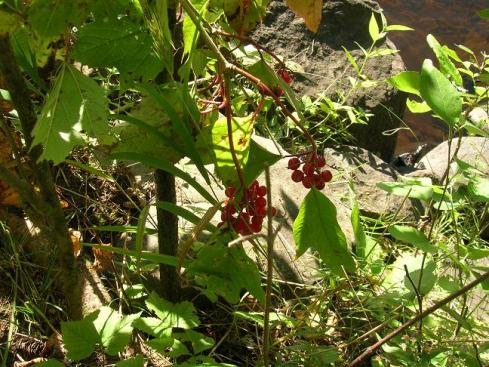
Highbush Cranberries. Often bitter, these ones were tart but still pretty good to eat.
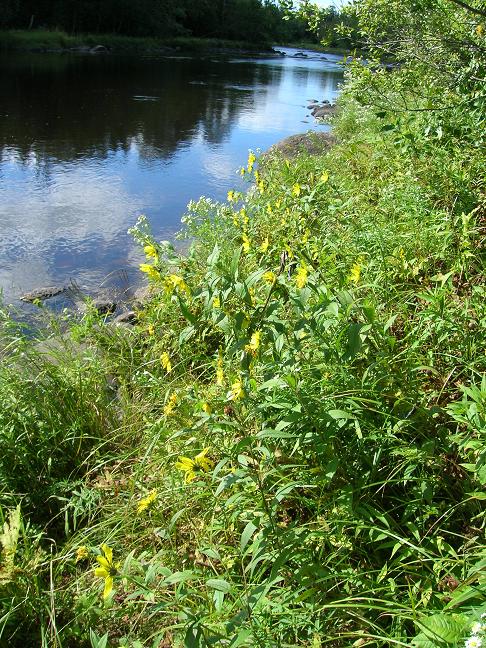
I am not positive, but I think that these are Jerusalem artichokes (the leaves looked too elongated to be common sunflower, but I don't really know). I pulled one up and the roots were only a couple inches long, but they are probably not done setting tubers yet.
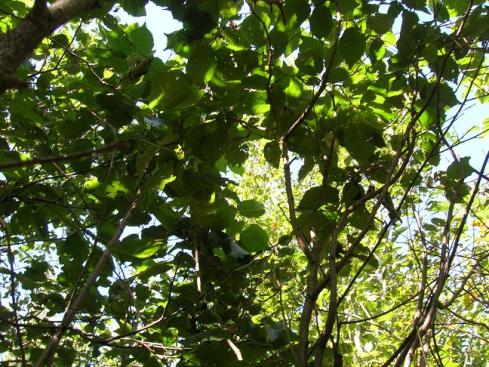
Beaked hazelnut. I didn't see any nuts on this one, but the squirrels can make short work of them. These are a major score if you need calories. The nuts are a pain to get to (green outer hulls covered with nettle-like hairs and a hard shell underneath), but they are packed with 60% fat and 25% protein.

Not a great shot, but beaked hazelnut bark. The leaves look like those of alder or birch, but the lighter colored lines in the smooth grey bark run vertically, while lines in alder and birch bark run horizontally.
I also found a lot of things useful for their utility purposes:

Wood nettle. The leaves make a good broth (it serves as either tea or bouillon, depending on your needs), and can be cooked and eaten as a leaf vegetable when young. It also makes great cordage, which is what I used it for today.
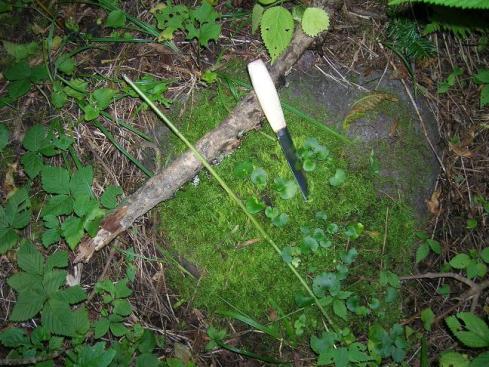
A nettle stalk stripped and ready to process. You will get stung handling nettles, but if you use only your finger tips it is not so bad. I had a picture of the next step, which is beating the stalk to remove the stingers and crush up the pith, but I seem to have deleted it by accident. You can also see that I have added a Mora knife to my rig. (note: the moss the knife is on could be used as a wound compress or sponge)
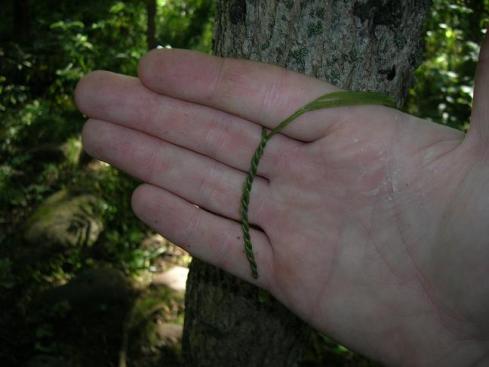
After beating and scraping out the pith, you use the basic reverse wrap to make a cord. The Ojibwe used to nettle cordage to make fishing nets, among other things (I can only imagine how long that must have taken). IA Woodsman has a good video on preparing nettle cordage (the link is below). I took some stalks home to clean and dry; I have heard the cordage is better if you dry and re-soak the fibers.
IA Woodman’s Video
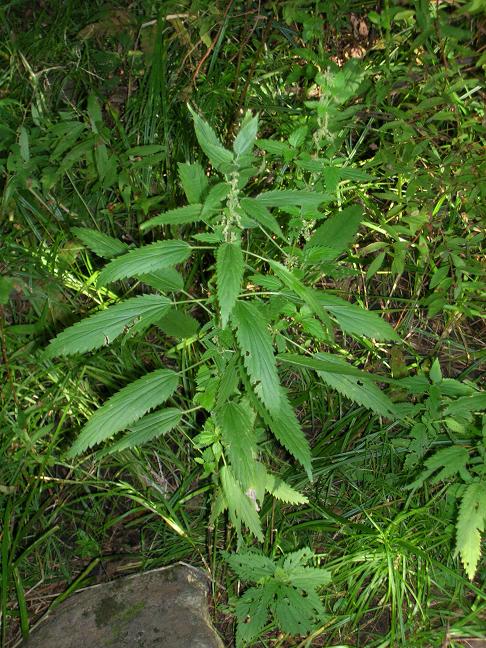
Slender Nettle (similar to stinging nettle but with more slender leaves). Different subspecies, same uses.

An old fallen spruce can be a good source for pitch wood (also called fatwood), which is full of resin and will burn in all conditions.
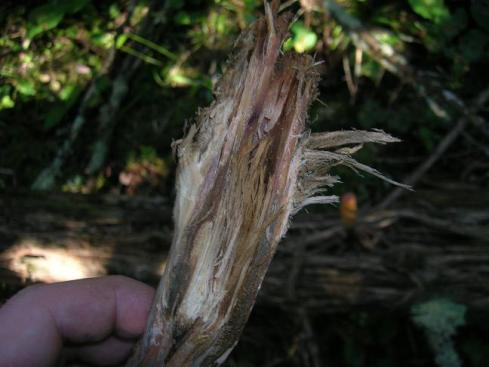
Here is a knot from the old spruce which has been cut open. the reddish areas at the top are full of resin. Old conifer stumps are also a good source of pitch wood.
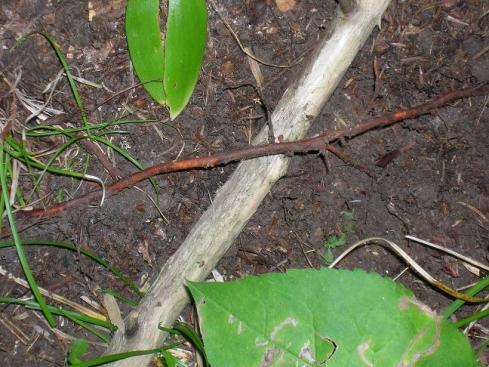
Spruce root, also called watap; the mending wire of the woods. By digging gently around the base of conifers you can find plenty of small roots which pull up quite easily.
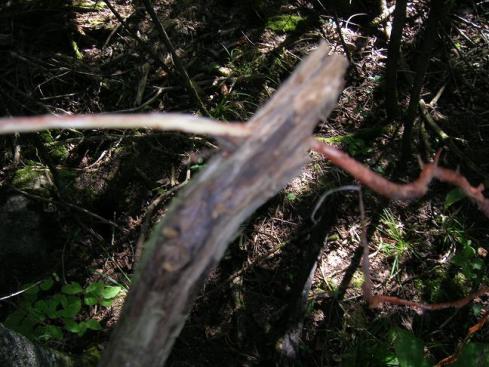
A blurry picture, but running the root through the split end of a stick will help remove the bark.
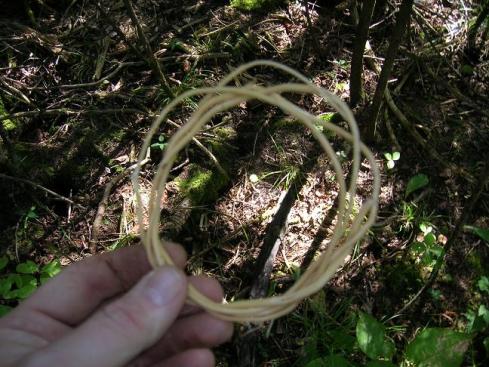
The peeled roots coiled and ready for use. If they dry out be sure to soak them to make them pliable again. The most famous use of watap is in the making of birch bark canoes as the split roots were used to sew the birch bark together. I tried to use this as a bow drill cord, but it was too short and I ended up breaking it because it was too tight; live and learn.
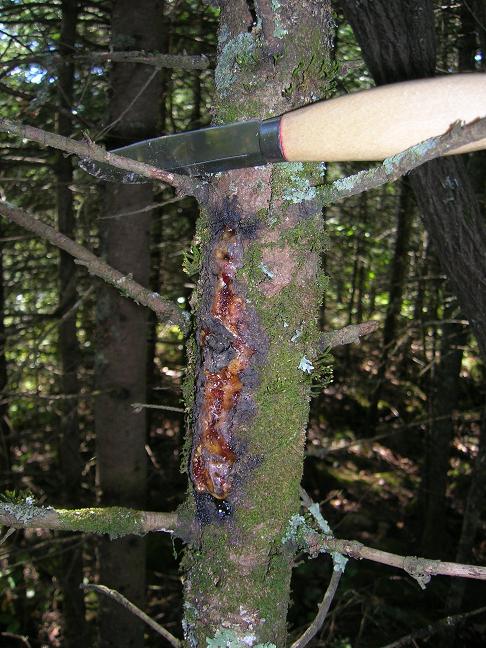
Healed wounds on conifers are great sources of pitch. I have burned pitch before, but I had never made pitch glue so I gathered a bunch of hardened sap to take home. (note: if you use your knife to pry pitch off of trees, you will spend a long time cleaning the blade later).

Back at home I ground up 5 parts hardened sap, 1 part charcoal, and 1 part rabbit scat (remember the scat? rabbit and hare scat is more like compressed sawdust than anything else).
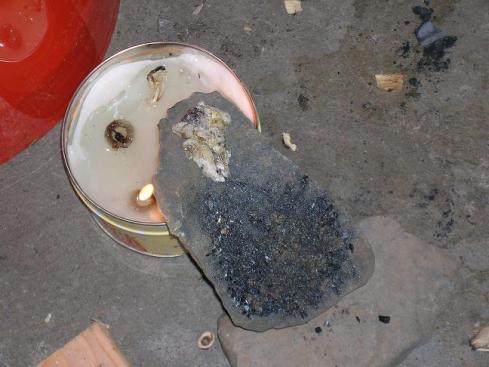
My pitch making rig. It is just a flat stone angled to drip down and melt the sap. It was too windy for a fire in my yard so I used a five wick survival candle.
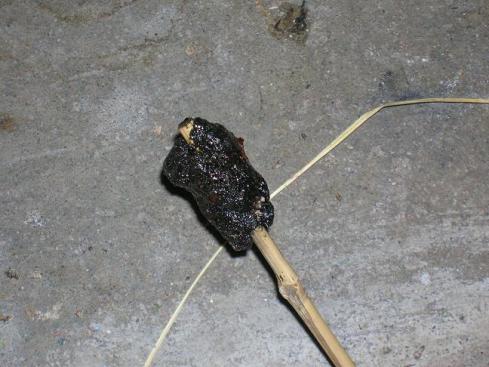
My not-so-pretty pitch stick. I don't think I got enough heat from the candle, and the sap didn't drip down as planned. I ended up mixing everything on the sap end of the rock with the charcoal and fiber, and so it is full of impurities. It hardened up well and it might still be functional; if nothing else it will burn like a volcano.
Here is a good resource for learning to make pitch glue.
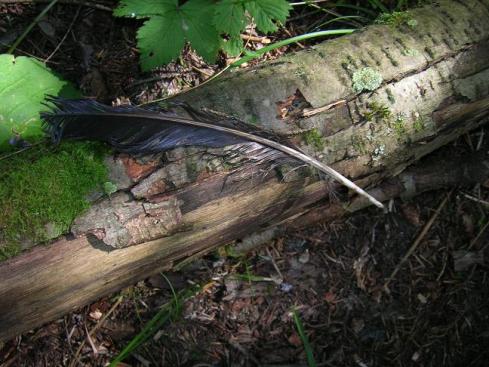
A feather I found on a game trail. Useful as fletching for an arrow (for people skilled enough to make bows and arrows), making field expedient fishing flies, and writing the Declaration of Independence. You are limited only by your imagination.
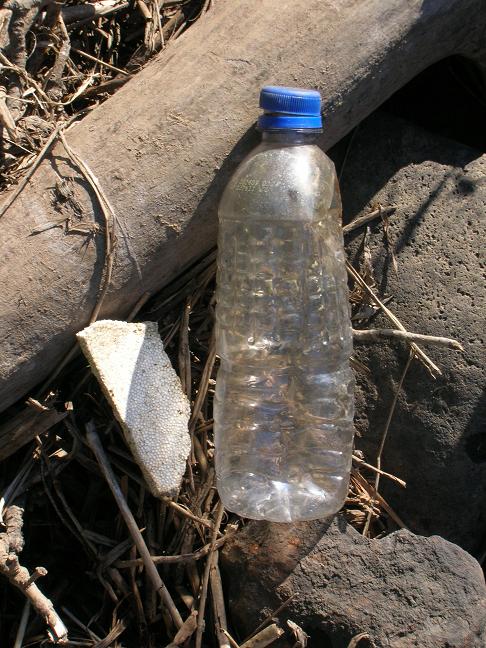
Human garbage. It's hard to go anywhere and not find it. However, it can be a life saver in a pinch. The plastic bottle would make a great canteen, and the foam could make a bobber for fishing.

An old beer bottle. Can hold (and potentially boil) water or could be broken or knapped for a sharp edge.
What all of this is meant to demonstrate is that the wild places of the earth are full of opportunities for the resourceful. If push came to shove I am not saying that you or I could live off only what we could hunt, fish, gather, and build. But if I die lost in the wilderness it won’t be for lack of trying.
And as a final note, I highly recommend Irish Setter 9″ Wingshooter boots. They are nice and soft now from my day of walkabout, and I walked through plenty of mud and standing water without a drop seeping in the boots.
“I’m going out with my boots on…”

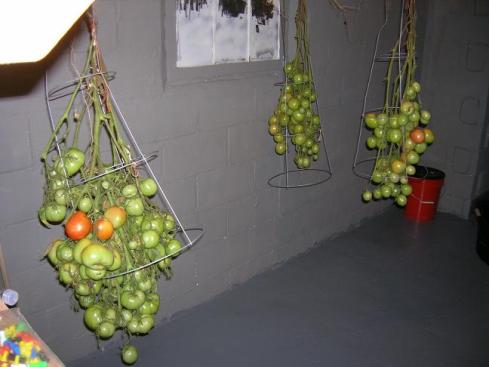
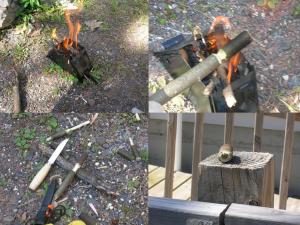
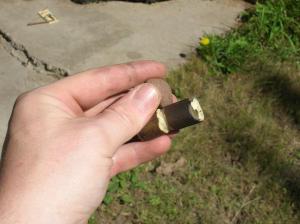


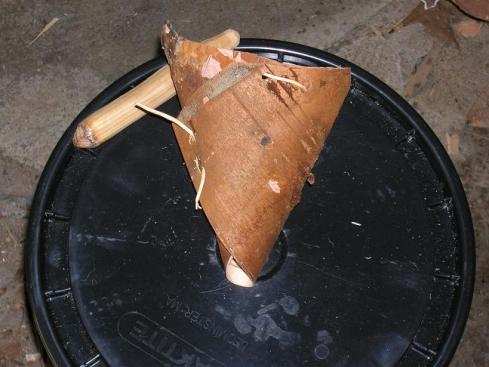


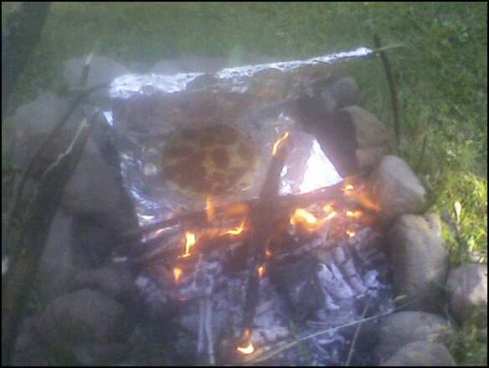
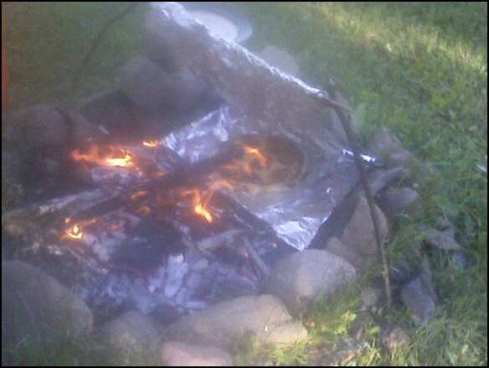
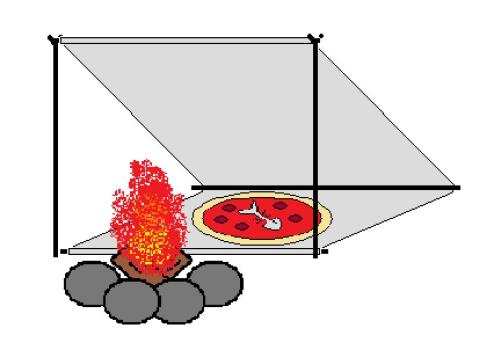



































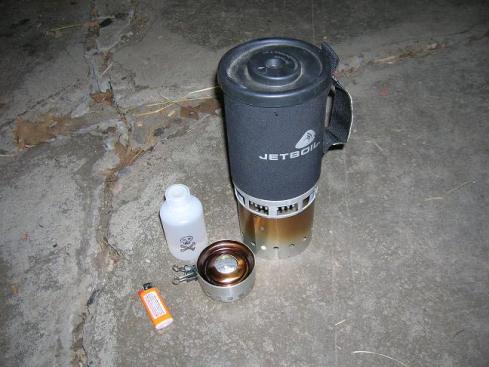
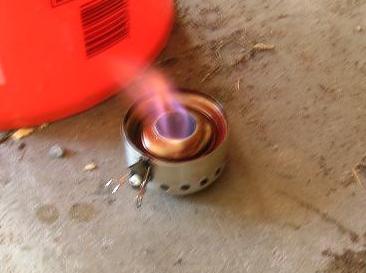
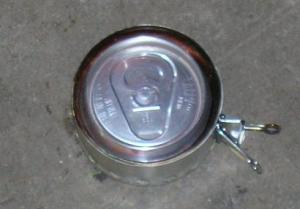
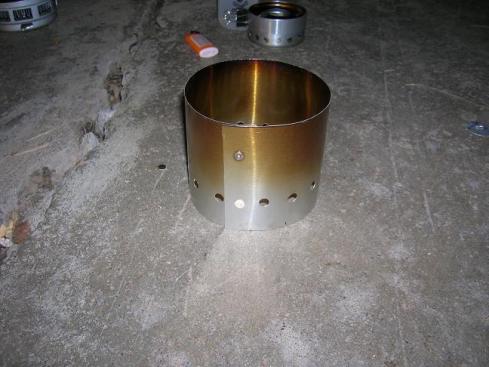

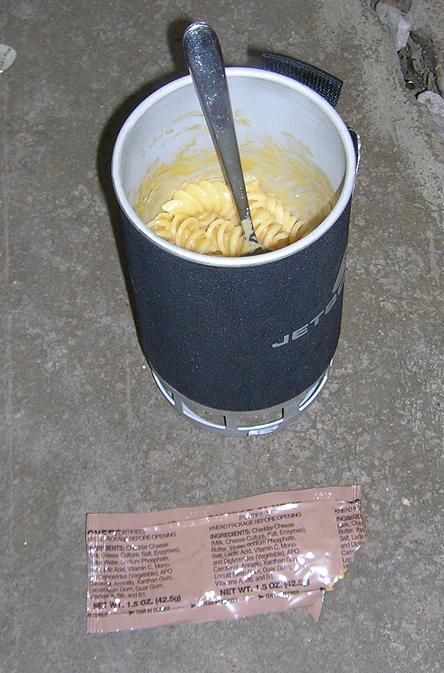
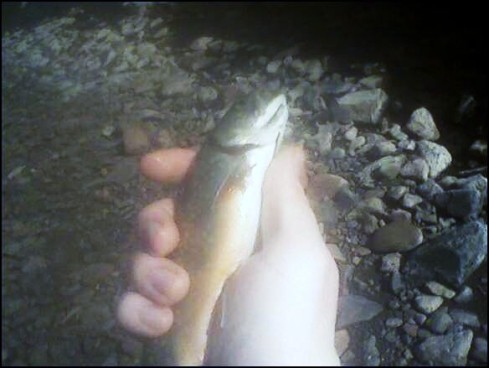

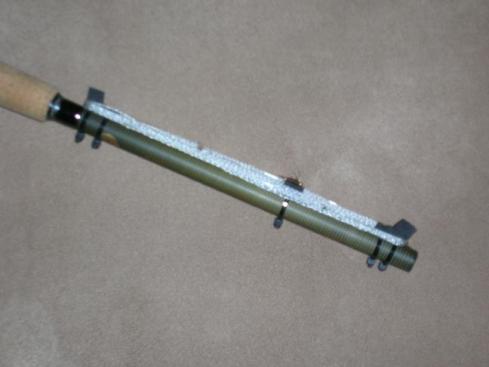
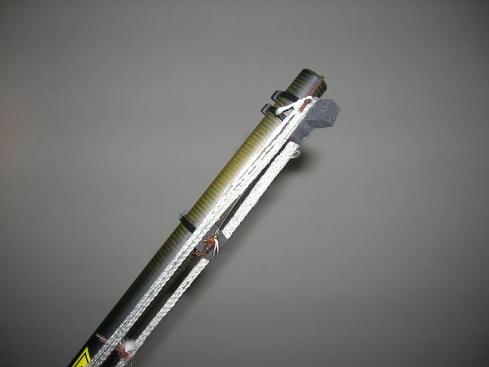

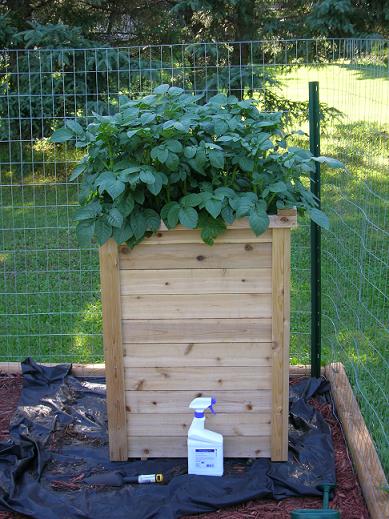


Recent Comments